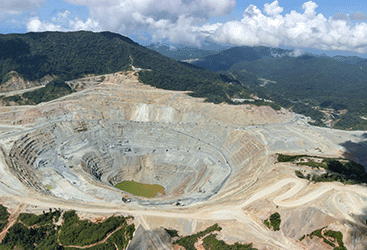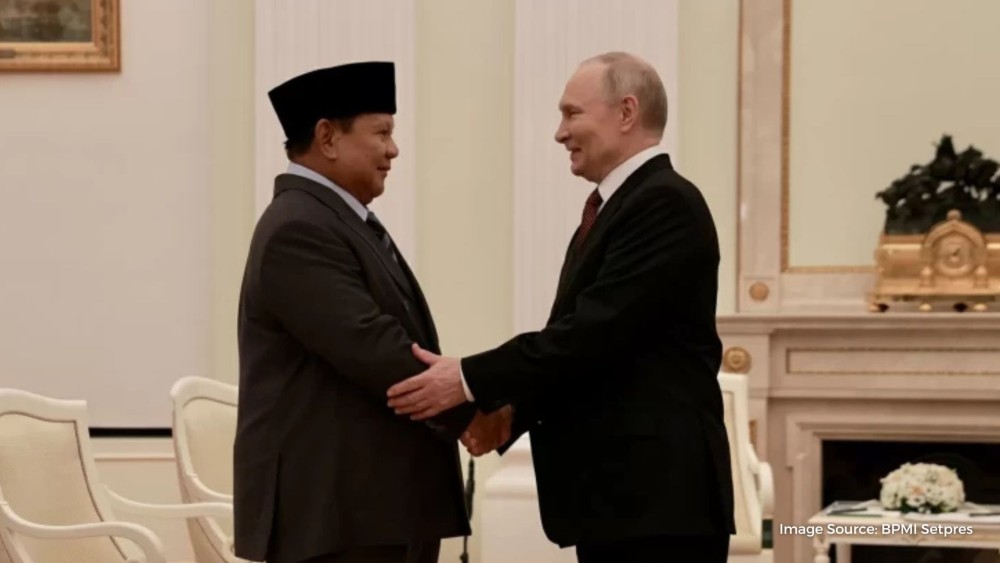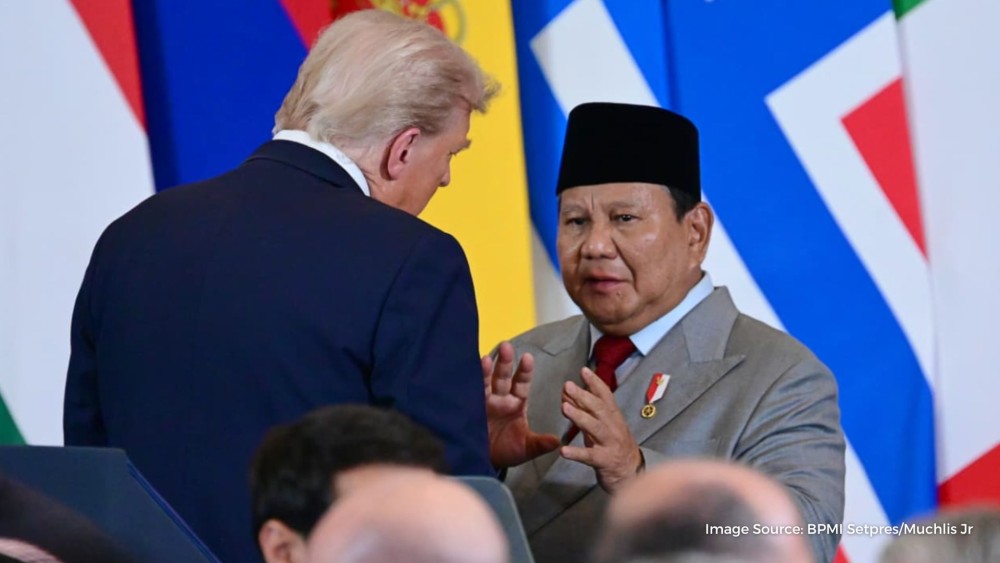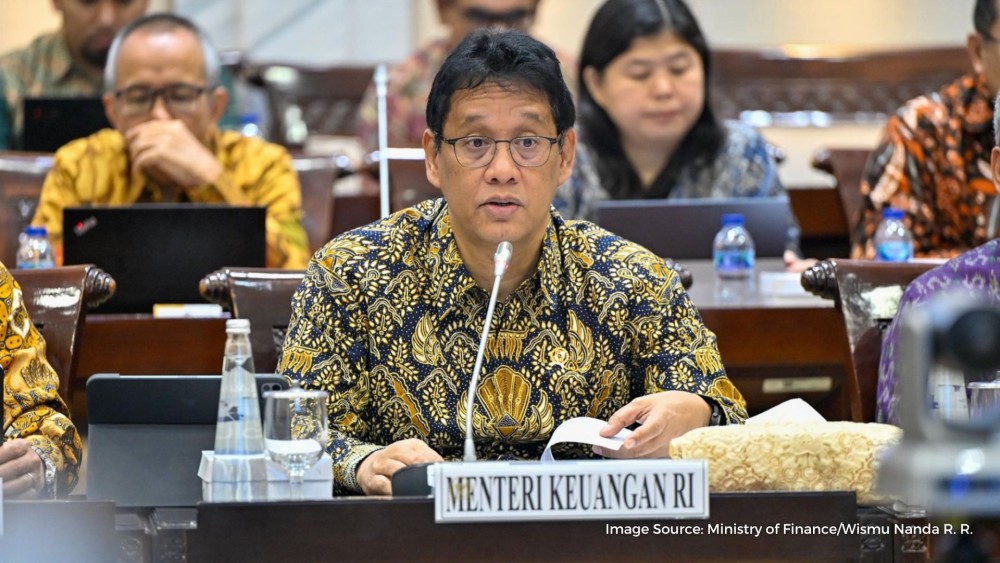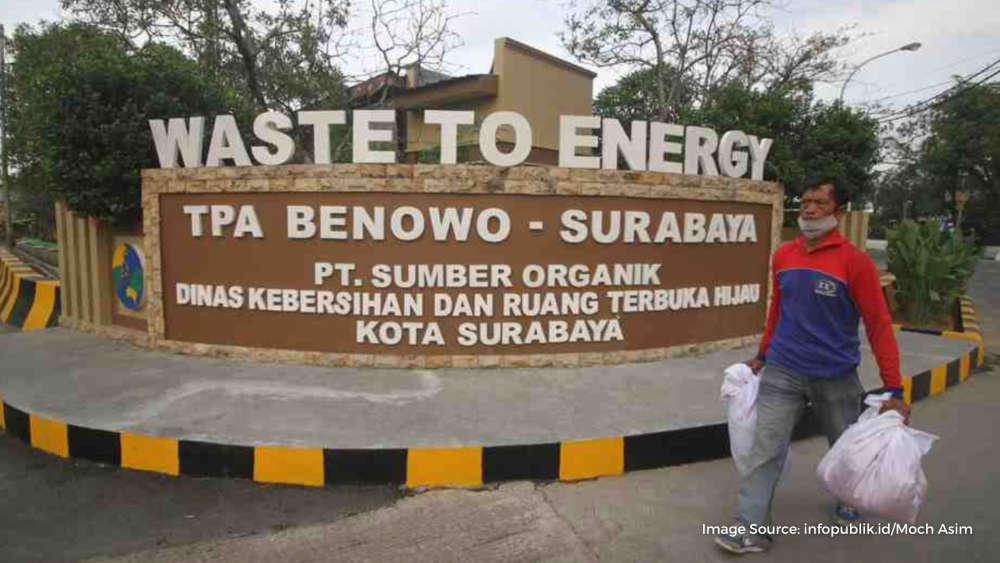Indonesia Targets 75 GW of Renewable Energy by 2039
13 Nov 2024
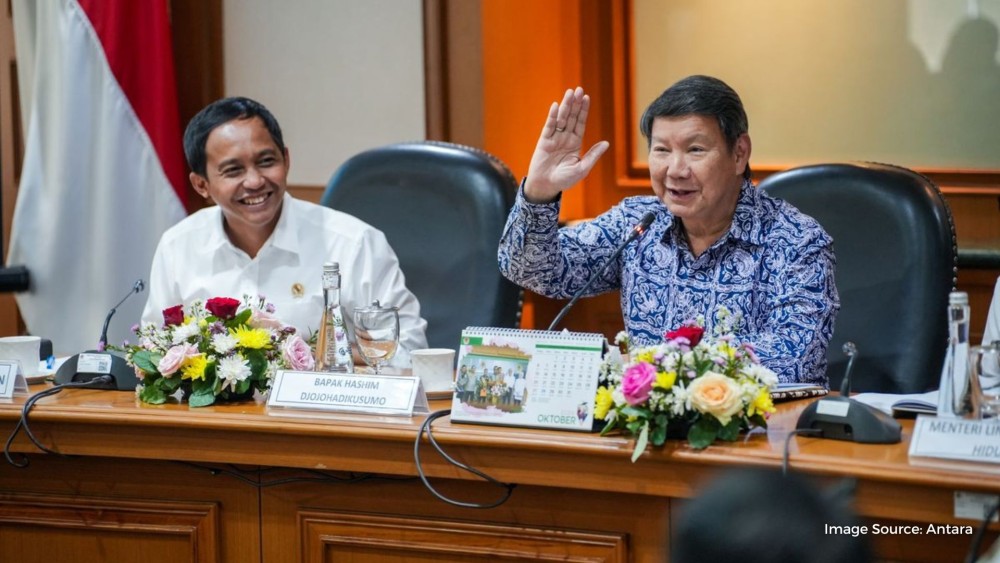
Indonesia has outlined an ambitious plan to build 75 gigawatts (GW) of renewable energy capacity over the next 15 years, according to special presidential envoy Hashim Djojohadikusumo.
Speaking on the sidelines of the COP29 summit in Baku, Azerbaijan, Hashim revealed that the new administration, under President Prabowo Subianto, aims to develop 100 GW of new power capacity, with 75% coming from renewable sources, including wind, solar, hydro, geothermal, and nuclear power.
“This is the new government’s commitment,” Hashim said during the opening of the Indonesia Pavilion, an event streamed online. The initiative forms part of Indonesia’s long-term strategy to achieve net-zero emissions by 2060.
The state-owned electricity company PLN had earlier proposed generating 33.2 GW from renewable energy by 2033, requiring an estimated investment of IDR 1.16 quadrillion (USD 71.36 billion). As of last year, renewable sources made up only 13% of Indonesia’s energy mix, with coal, oil, and gas accounting for the majority.
Hashim also highlighted the administration’s focus on forest rehabilitation, targeting 12.7 million hectares of degraded forests. This effort, he said, is crucial to combating deforestation and addressing the impacts of wildfires.
“President Prabowo is committed to launching a large-scale program to rehabilitate degraded forests nationwide,” Hashim stated, noting that forest cover has significantly declined in recent years.
The government’s plans extend to carbon capture and storage (CCS) technologies, which are expected to play a significant role in reducing emissions. Indonesia’s CCS potential is estimated at 500 gigatons of storage capacity.
Several projects are underway, including a collaboration between Pertamina and ExxonMobil to develop a CCS project in the northwest Java Sea with an estimated storage capacity of 3 billion tons of carbon dioxide.
“Indonesia is blessed with enormous carbon storage potential,” Hashim remarked, emphasizing the country’s strategic role in climate mitigation efforts.
Renewable energy investments have remained below targets in recent years. In 2023, Indonesia attracted USD 1.48 billion in renewable energy investments, 82% of its USD 1.8 billion goal. According to data from the Energy and Mineral Resources Ministry, annual investments in the sector have fluctuated between USD 1.1 billion and USD 1.6 billion since 2017.
Indonesia’s state utility PLN has announced plans to construct a 70,000-kilometer green transmission line to support the integration of renewable energy projects. PLN’s CEO Darmawan Prasodjo, speaking from Baku, emphasized the importance of new infrastructure in meeting Indonesia’s energy transition goals.
In addition to its renewable energy goals, Indonesia plans to offer carbon offset projects aimed at reducing global emissions. While details of these projects were not disclosed, Hashim noted the interest of international stakeholders, including preliminary discussions with the Bezos Earth Fund.
The Indonesia Pavilion at COP29, themed “Sustainably Stronger Together,” aims to promote the country’s climate initiatives and foster collaboration with international partners. The pavilion showcases Indonesia’s efforts in renewable energy development, forest conservation, and carbon management.
With these initiatives, Indonesia aims to demonstrate its commitment to the Paris Agreement and its role in global climate action.

